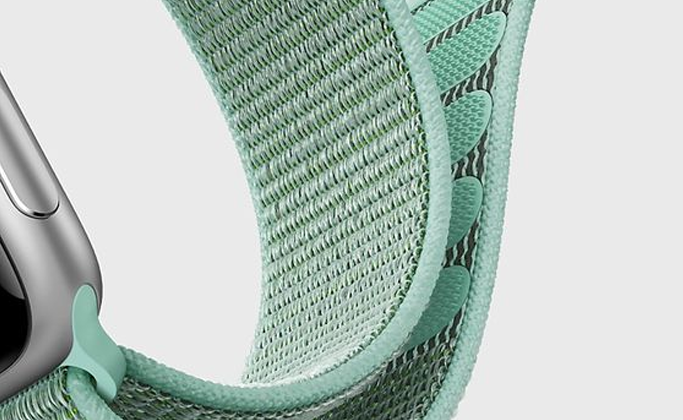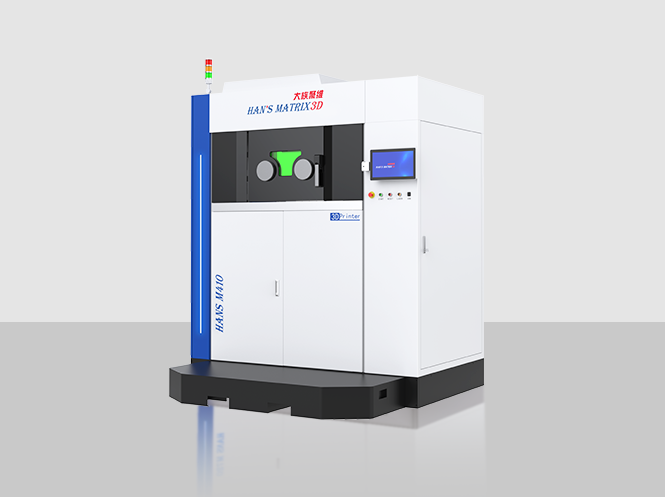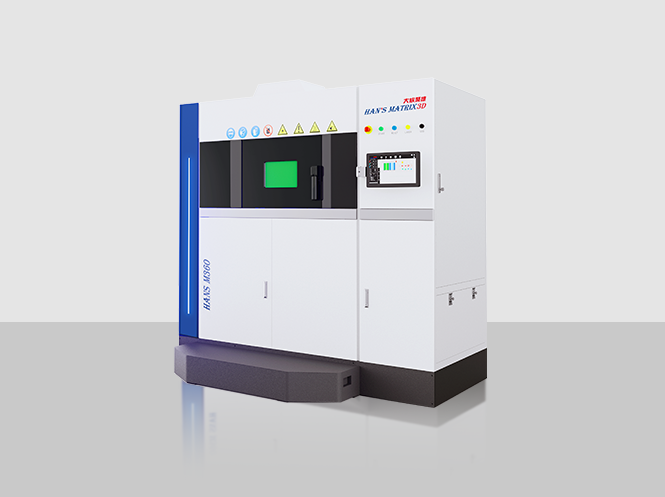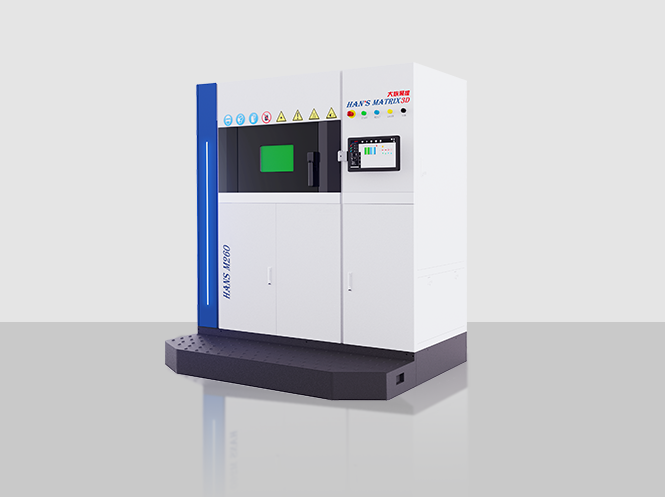3D printing technology is increasingly being applied in the 3C electronics sector, bringing revolutionary changes to the industry with its unique manufacturing capabilities.
3D printing technology has had a profound impact on the 3C electronics field. It significantly shortens product development cycles, accelerating iterations through rapid prototyping while fostering design innovation and customization to meet diverse consumer needs. Moreover, the technology enables the production of complex structures and miniature components, overcoming challenges that traditional manufacturing struggles with. Beyond production, 3D printing also shows great potential in spare parts manufacturing and repairs, reducing costs and improving resource efficiency. As a result, 3D printing is gradually transforming the way 3C electronics are manufactured, driving the industry toward greater efficiency, flexibility, and sustainability.
The advantages of 3D printing in the 3C industry primarily include high precision, design freedom, personalized customization, rapid response to market demands, and reduced production costs. This technology breaks the limitations of traditional manufacturing, allowing designers to freely unleash creativity and produce complex structures that cater to consumers' needs for personalized and differentiated products. Additionally, by precisely controlling material usage, 3D printing minimizes waste, contributing to the sustainable development of the 3C industry. Together, these benefits drive innovation and growth in the 3C sector, offering consumers more diverse and high-quality product choices.
3D printing technology is increasingly being applied in the 3C electronics sector, bringing revolutionary changes to the industry with its unique manufacturing capabilities. Stainless steel, with its excellent corrosion resistance and mechanical properties, has become an ideal material for watch cases and bands. Titanium alloys, known for their lightweight, high strength, and good biocompatibility, are widely used in high-end 3C industry. For instance, titanium alloy watch cases not only reduce overall weight but also enhance structural strength, improving wearer comfort. Similarly, titanium alloy eyeglass frames are favored in the market for their lightweight properties, meeting consumer demands for both fashion and comfort. When combined with advanced equipment like the HANS M260, these innovations deliver superior and cutting-edge product solutions for the 3C consumer electronics market.















